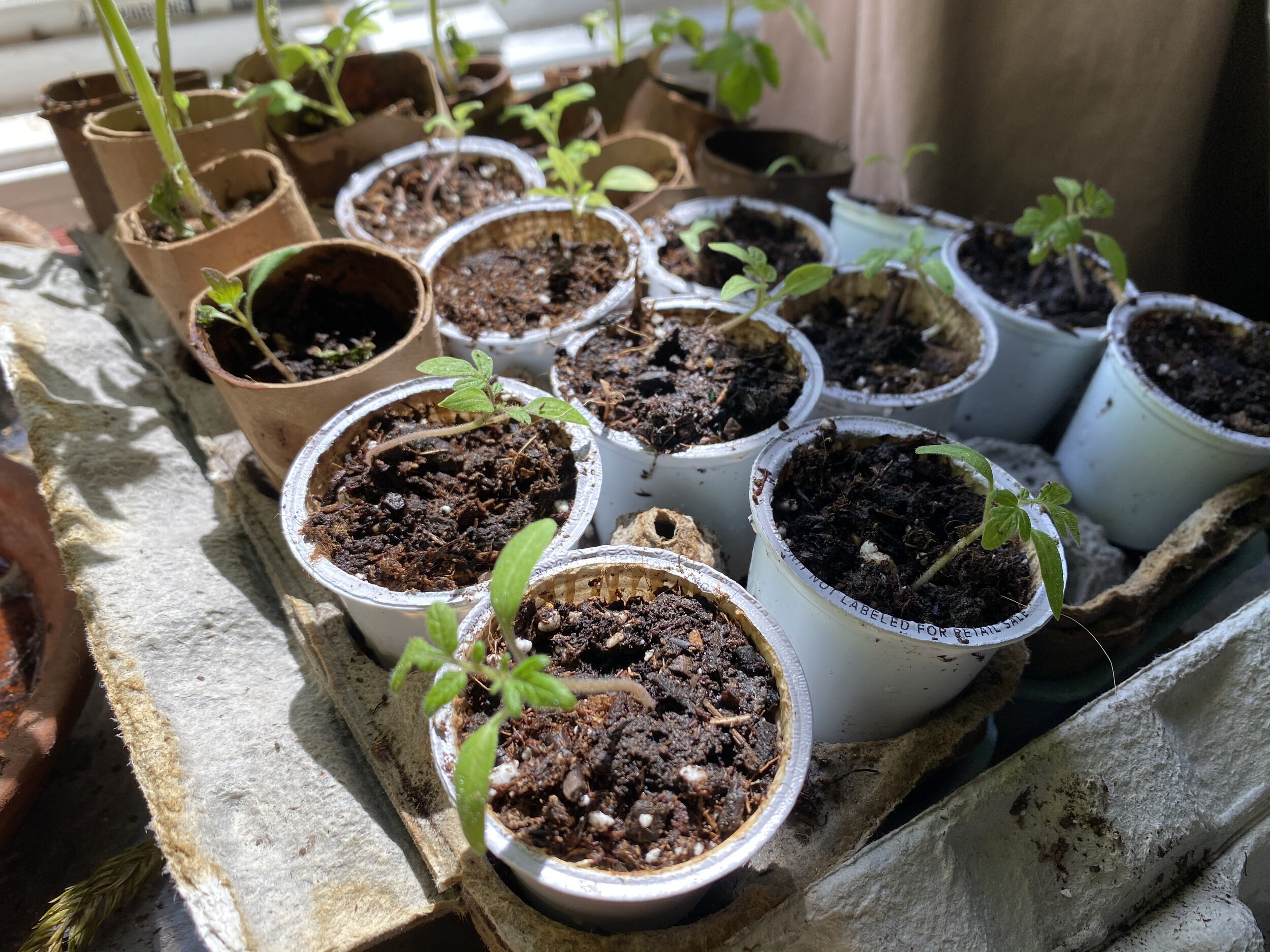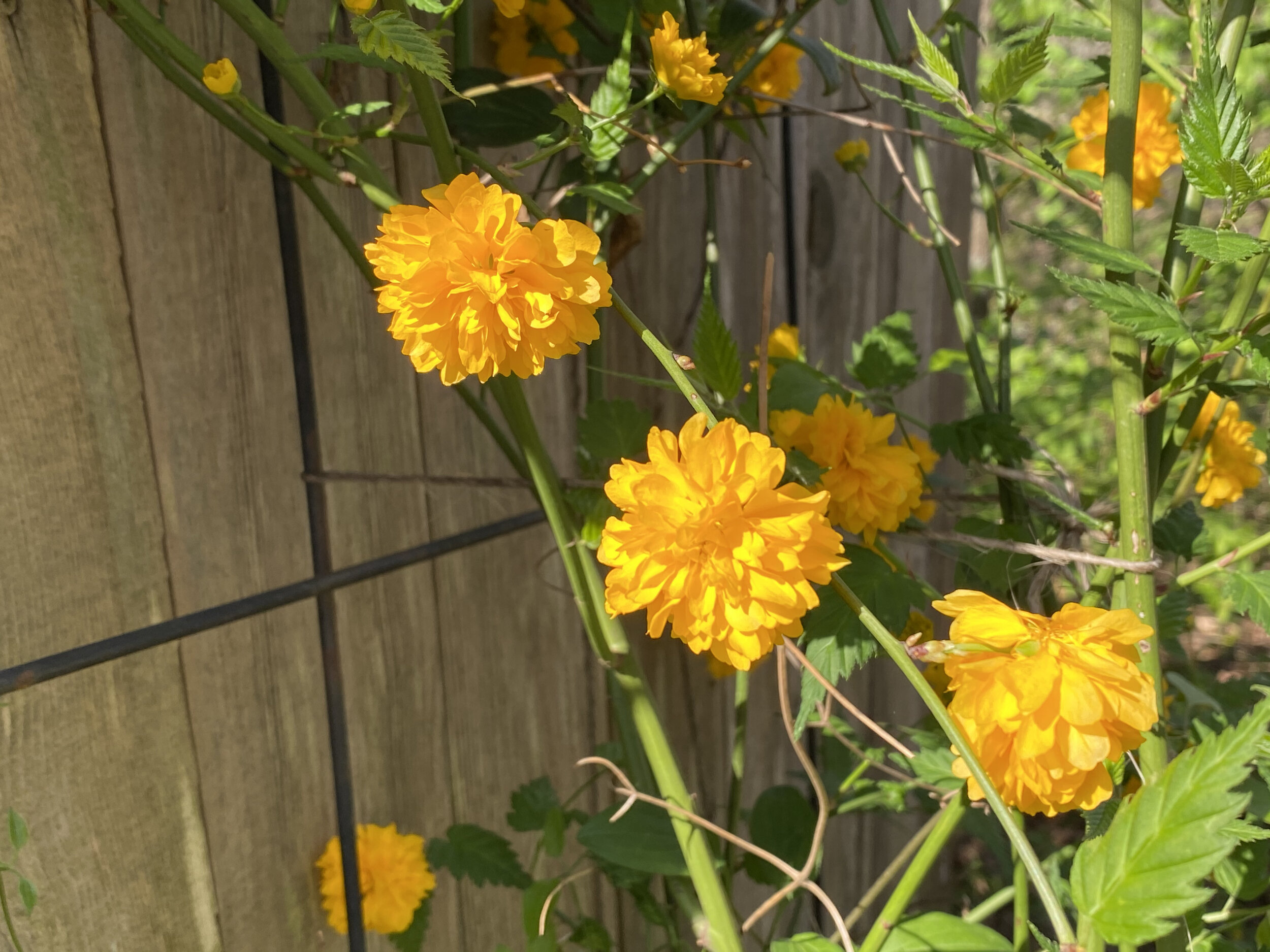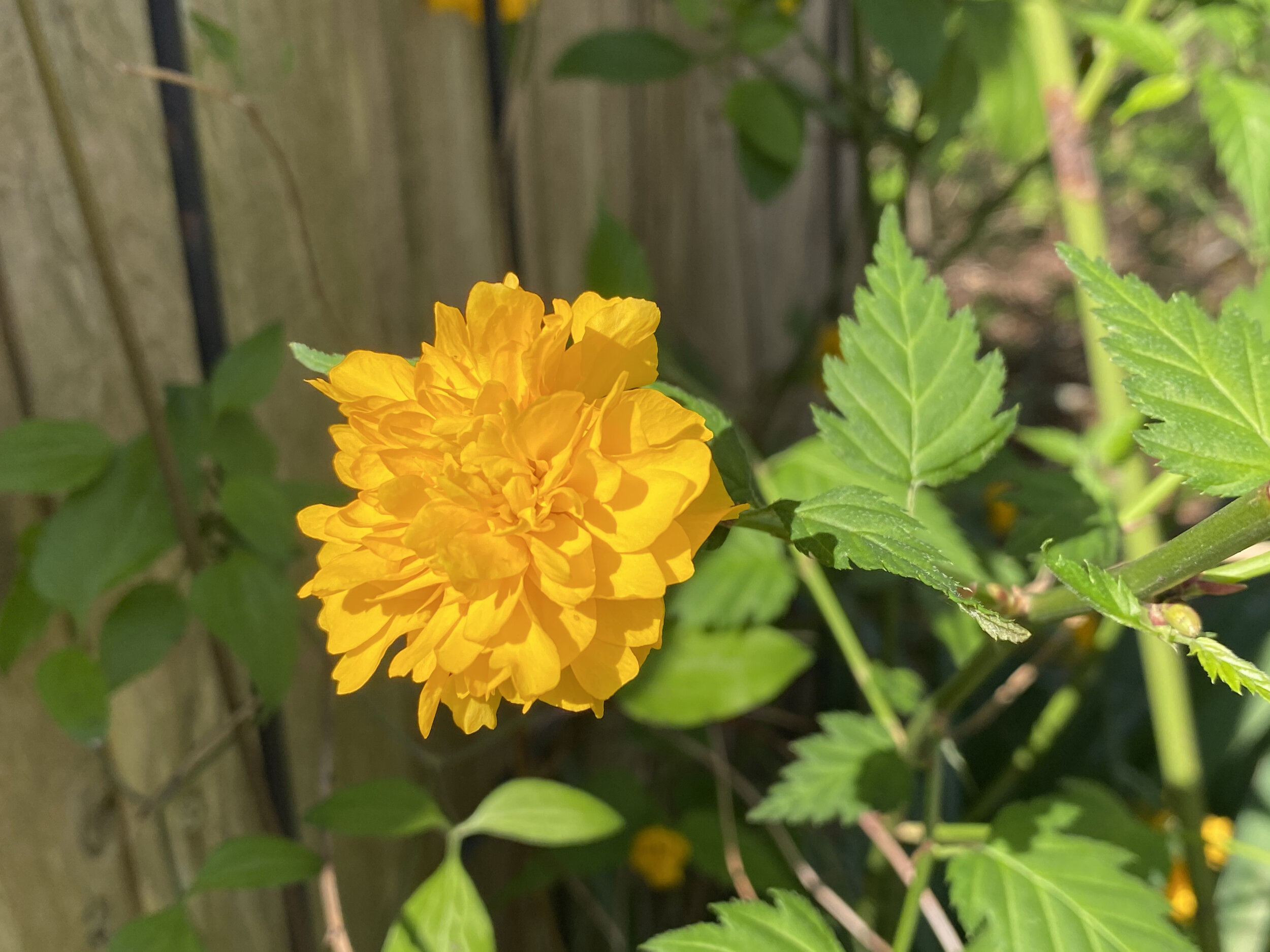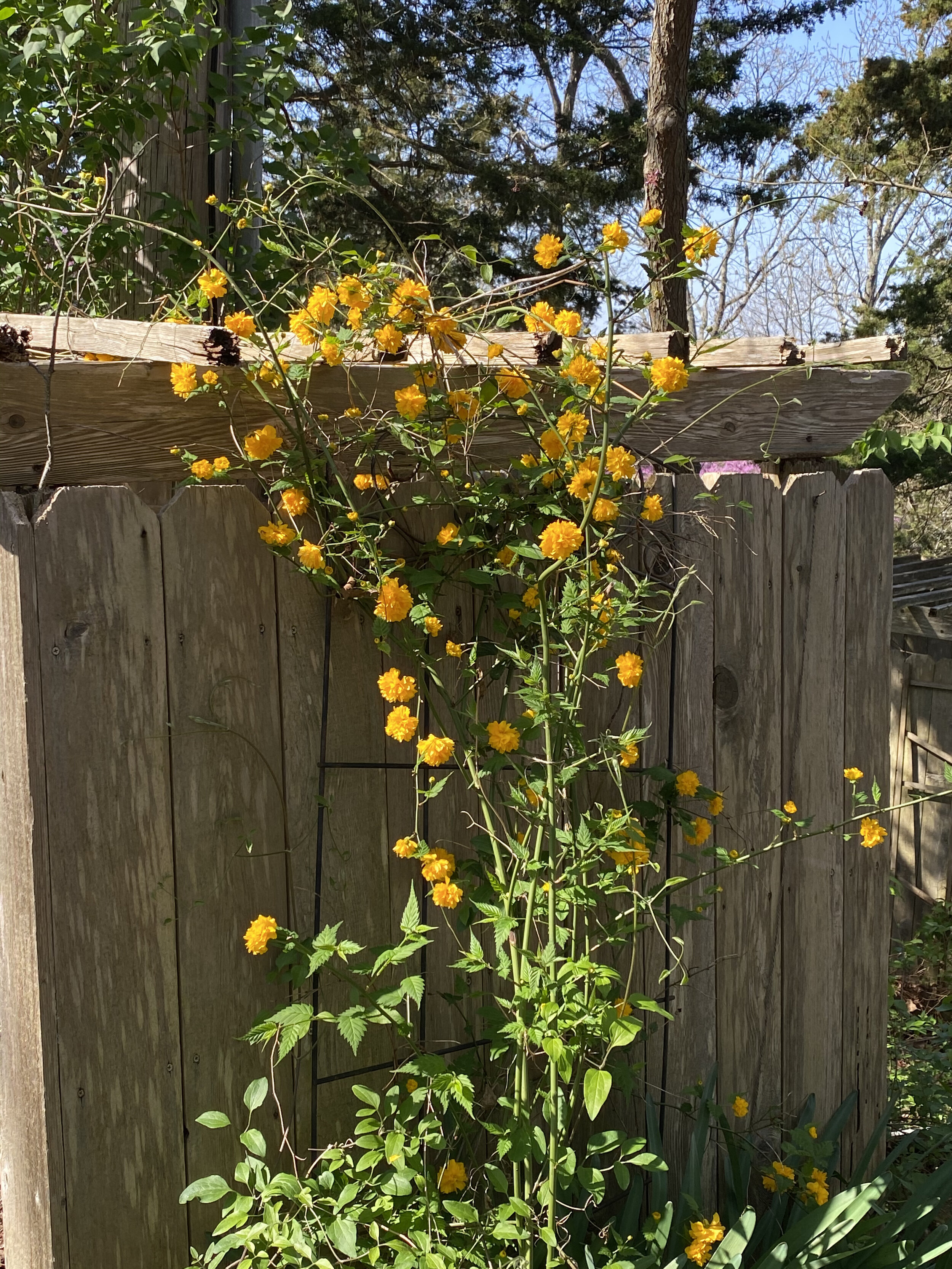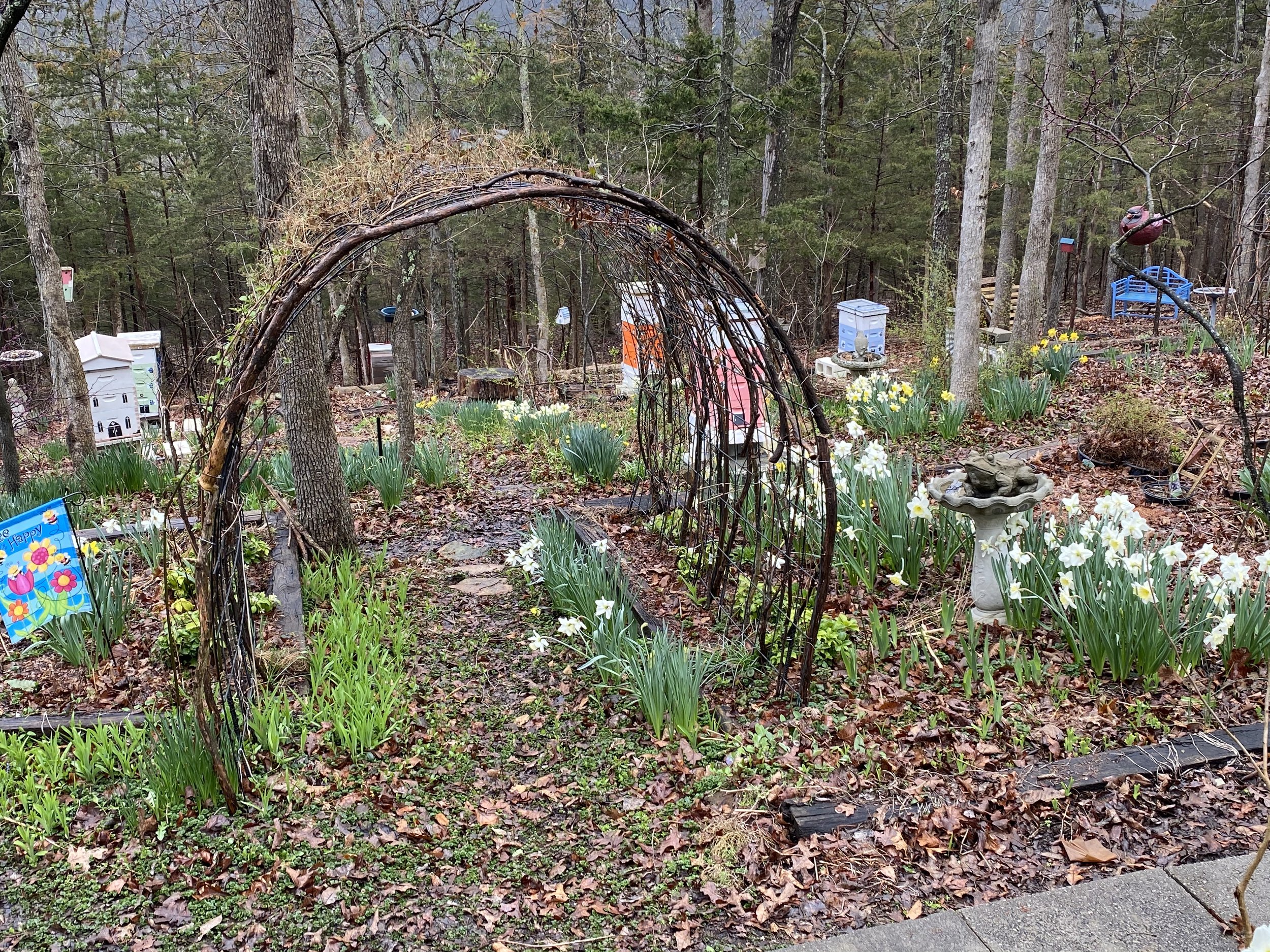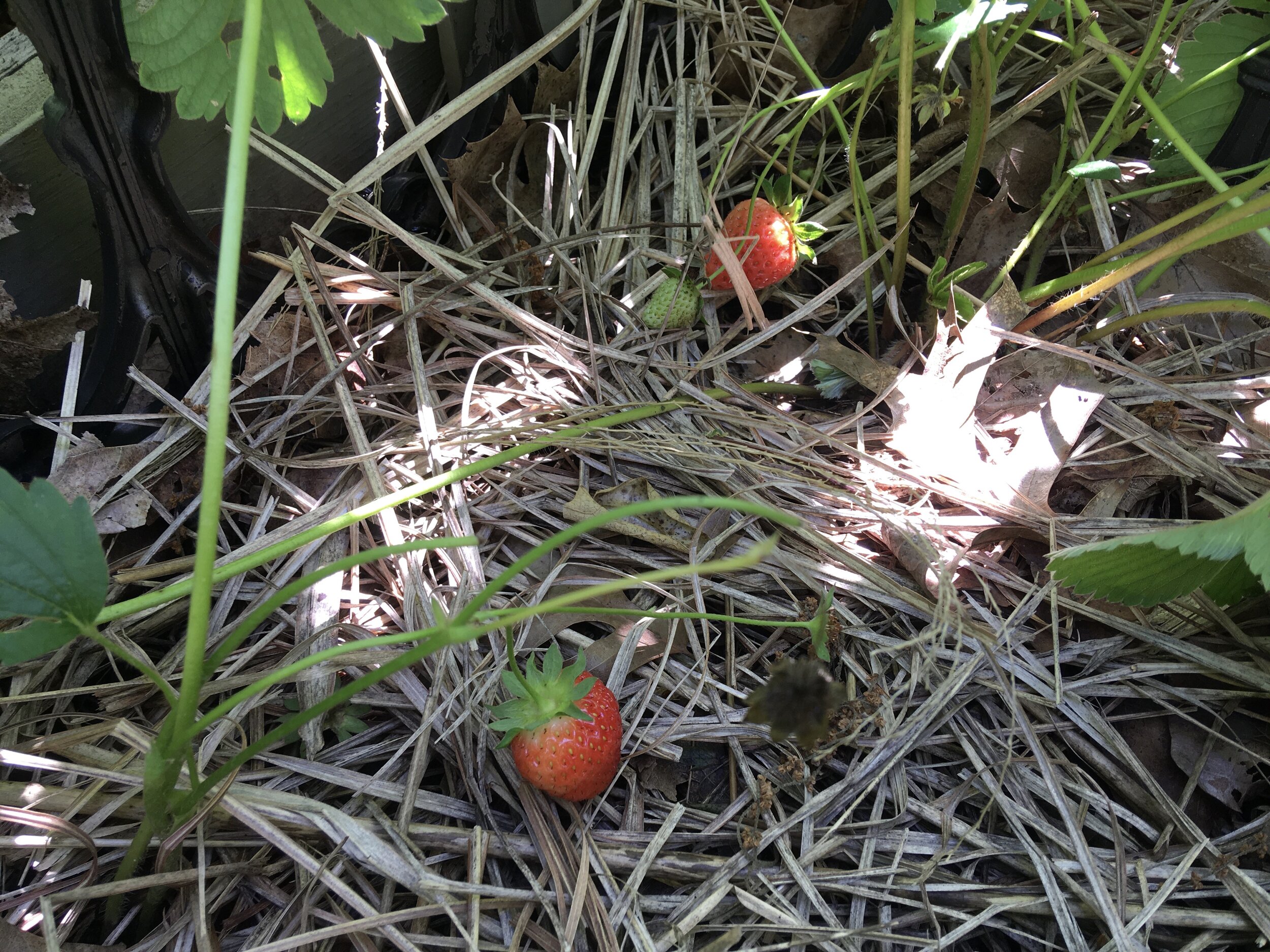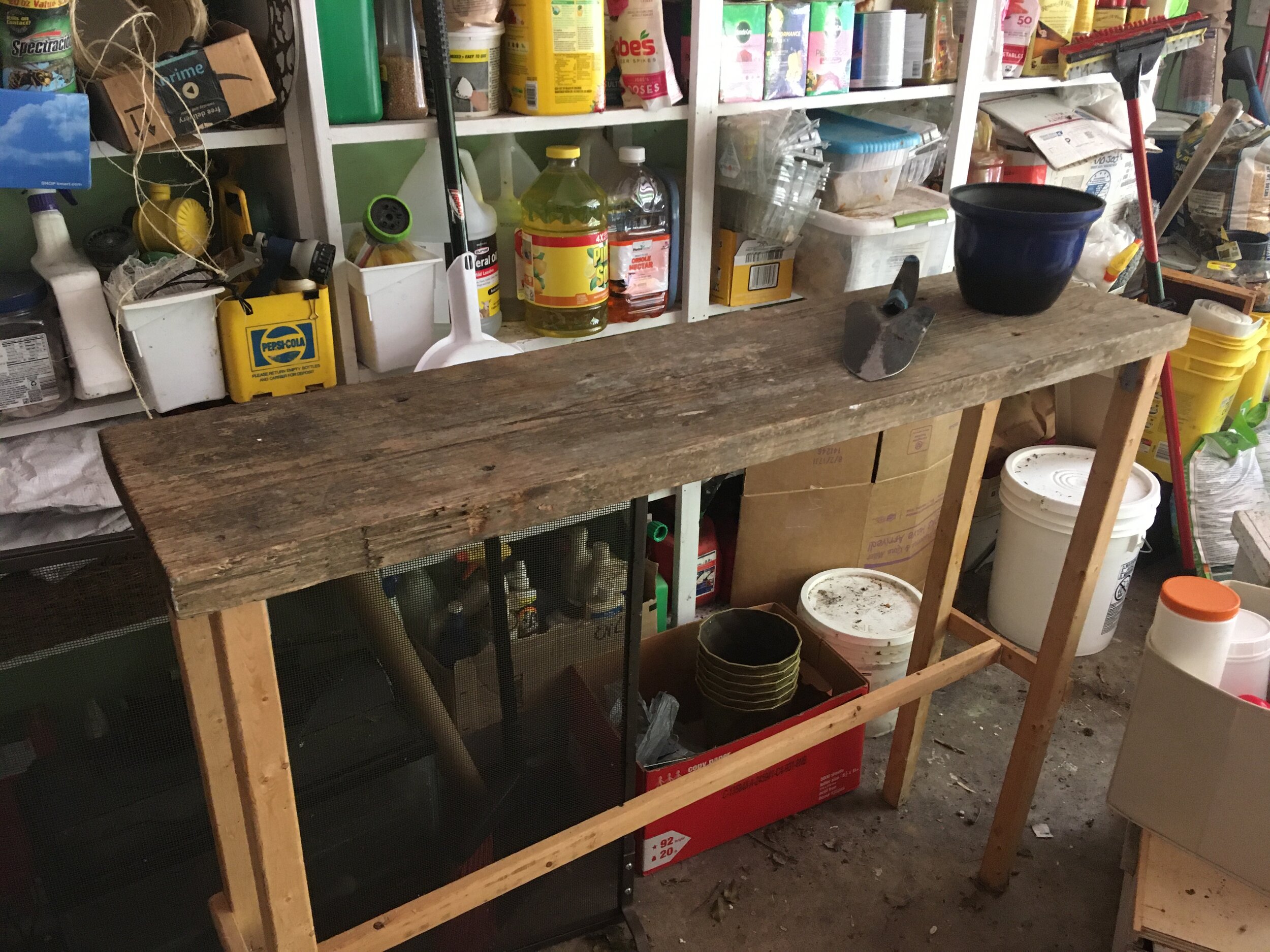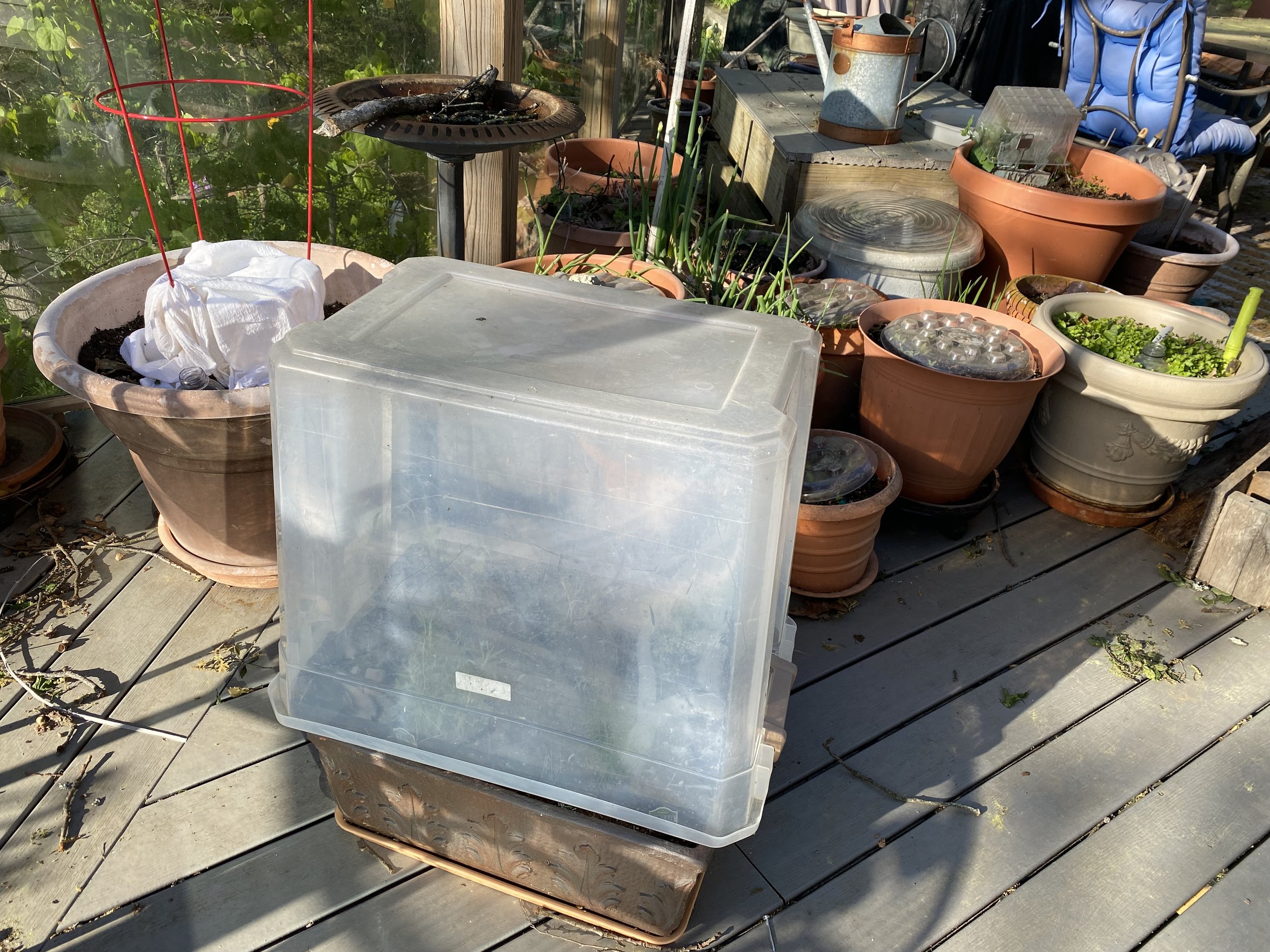May Gardening Tasks
/May is when my tropical plants move back outside to my deck. (Photo by Charlotte Ekker Wiggins)
May Gardening Tasks
What a lovely spring we’ve had so far. I garden in USDA Hardiness zone 5b although we didn’t have much of a winter. Until mid-April, when a last gasp snow storm blanketed us for several days, a last hurrah off sorts of the cold season.
Where I live in mid-Missouri, the last frost date is usually around Mother’s Day. If your spring crops didn’t make it, try again; there still should be time for at least one sowing of lettuce, spinach and radish seeds.
And onions, it is always a good time to plant onions. I grow several crops throughout the growing season. Onion sets planted around roses make good bug deterrents and are fun to harvest as long as you remember to leave a couple on bug patrol. And can find your roses!
The forecast is that we will have a wet May so take the opportunity to get tree seedlings planted.
This is also a good time to divide and move perennials. Be careful of disturbing newly emerging, self-sowing annuals. Learn to distinguish the sprouts of bachelor buttons and other carefree annuals so they can regrow all on their own.
Mark daffodils you want to dig up and move later this fall.
May is a wonderful time to stop and enjoy lovely sunsets. (Photo by Charlotte Ekker Wiggins)
As daffodils and tulips continue to fade, don’t mow the leaves down with the lawn mower until they turn yellow. The bulbs turn sun into sugar stored in their bulbs. If you cut down the greenery too early, they will gradually become smaller and you will not have any more blooms. If you don’t like the fading greenery, plant something to hide it like daylilies.
See ants on your blooming peonies? Gently shake them off if you want to bring cut flowers inside, otherwise leave them alone.
If you don’t compost, this is a good month to start. Place a small grocery bag in your freezer and add kitchen scraps. When full, take outside and bury in a garden corner. As you get into the habit of saving kitchen scraps, it will be easier to then make your own compost area or buy one, then start adding leaves and grass clippings to the kitchen scraps, some water, and mix. After a few weeks, you will have black compost ready to add to your flowerbeds.
Summer plants started inside in containers can start to spend a few hours a day outside on warm, sunny days before you transplant them into your outside garden.
Shop for natives to add for mid to late summer flowers. Good choices include Purple Coneflowers, Black eyed Susan, New England Asters and any plants with low water requirements.
If you don’t have grass planted, plant clover instead. If you do, consider how to minimize the golf course-look greenery and add more varieties of blooming flowers through the growing season. Better yet, start a vegetable plot in your front yard, they can look amazing. Add flowers like zinnias to encourage pollinators.




